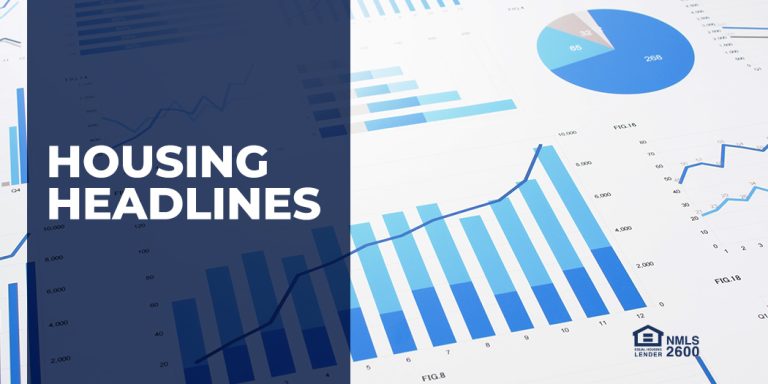This week, housing inventory surged by 36.6 percent; home equity improved after three quarterly declines; mortgage applications decreased; home sales rose 4.8 percent in June; U.S. home prices hit their highest level in history in May; homeownership for people under the age of 35 decreased to 37.4 percent in the second quarter and housing affordability appears to be moving in the right direction.
Housing Inventory Surges to Post-Pandemic High in July
The Mortgage Reports - 8/1/2024
While the supply of for-sale homes still lags pre-pandemic totals, signals point to a recovery underway. The count of active listings spiked 36.6% annually in July, according to Realtor.com.
Homeowner equity turns corner after three quarterly declines
Mortgage Professional America - 8/1/2024
A report from ATTOM found that 49.2% of mortgaged homes in the U.S. were considered “equity-rich” in the second quarter, meaning homeowners had at least twice the equity of their mortgage balance.
Mortgage Applications Decrease in Latest MBA Weekly Survey
Mortgage Bankers Association - 7/31/2024
Mortgage applications decreased 3.9 percent from one week earlier, according to data from the Mortgage Bankers Association’s Weekly Applications Survey for the week ending July 26, 2024.
Weekly Housing Trends View — Data for Week Ending July 27, 2024
Realtor.com - 8/1/2024
The housing market is showing subtle signs of change this week, with new listings falling, total inventory growing and homes spending longer on the market.
Pending Home Sales Rose 4.8% in June
National Association Of Realtors - 7/31/2024
Pending home sales in June ascended 4.8%, according to the National Association of Realtors. All four U.S. regions posted monthly gains in transactions.
Case-Shiller: U.S. Home Prices Hit Highest Level in History in May
MortgageOrb - 7/30/2024
U.S. home prices continued to shatter records in May, rising 0.3% on a seasonally adjusted basis compared with April to reach the highest level in history, according to the S&P CoreLogic Case-Shiller home price index.
Housing Affordability Improves In June, Lags Year Over Year
National Mortgage Professional - 7/30/2024
First American Data & Analytics House Price Index indicated that although affordability improved on a monthly basis, it declined roughly 4% annually.
Home Equity Lending Volume Stays Relatively Flat in 2023, Debt Outstanding Increases
Mortgage Bankers Association - 7/29/2024
Total originations of open-ended Home Equity Lines of Credit and closed-end home equity loans increased in 2023 by 1.5 percent compared to the previous year, while debt outstandings increased 8.3 percent.
Lowest Homeownership Rate for Younger Householders in Four Years
Eye On Housing - 7/31/2024
The homeownership rate for the head of households (householders) under the age of 35 decreased to 37.4% in the second quarter of 2024, according to the Census’s Housing Vacancies and Homeownership Survey.
Housing affordability is ‘moving in the right direction,’ economist says. Here’s what to know
CNBC - 7/30/2024
Home affordability has slightly improved for buyers this summer, according to a recent report.








